Carved on the hard marble, a veil as thin as the real thing is carved.
Carved on the hard marble, a human seems to be breathing.
Carved on the hard marble, clear human muscle tissue, hair and blood vessels are.
Carving out the soul of a character that seems to have warmth on the hard marble.
A hyper realistic marble sculpture is not imagined. This is a great piece of art collected in museums around the world. It is difficult to imagine how artists in ancient times used the most primitive tools to make sculptures lifelike without the assistance of modern tools. Today, K-SOURCE will help you understand which artists left behind great works that shocked the world.
The Rape of Proserpina – Gian Lorenzo Bernini, 1961-1962
This sculpture of two people entangled together can have three different interpretations when viewed from three directions.
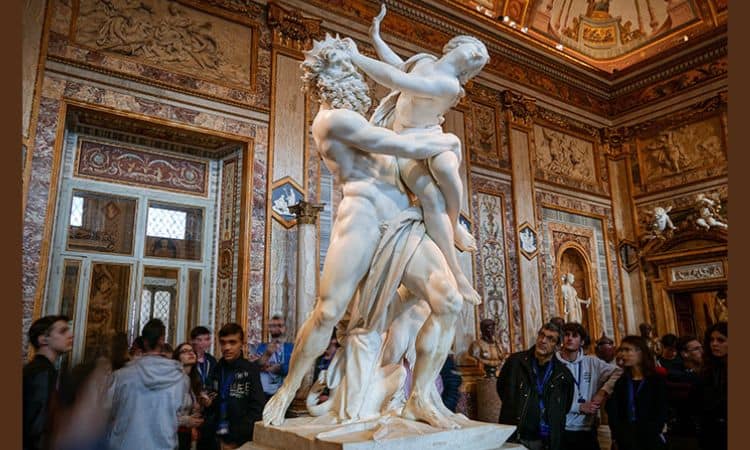
From the left, Pluto is grabbing and lifting Proserpina forcefully while the girl tries to break free from his restraints. From the front, the entire sculpture seems to be Pluto showing off his trophies and lifting her into the underworld. From the right, Proserpina’s face shows the tears she shed when praying to heaven; the wind blows her hair. And the three-headed dog (Cerberus) guarding the gate of hell is roaring at her feet.

Bernini vividly captured the moment of plunder in this sculpture. Pluto’s strong muscles all over his body when seen from behind and the changes in his muscles when he lifts the “prey” are vividly depicted. Pluto pinched the woman’s thigh so hard that you could even see the dent in the thigh due to too much force. This also fully demonstrates the lifelikeness of the sculpture.
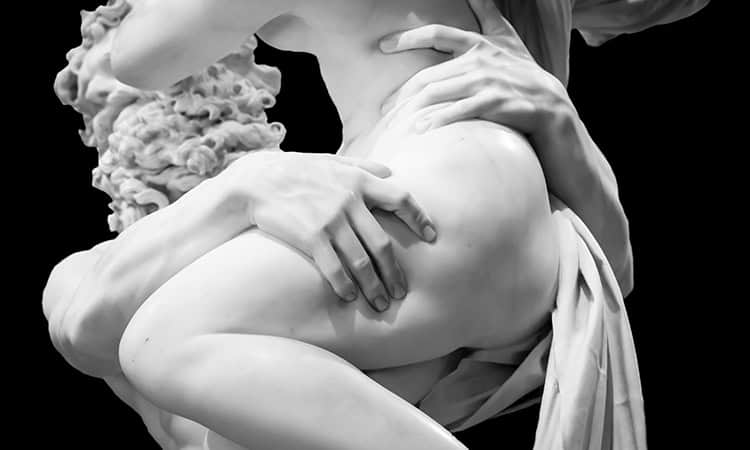
Bernini not only showed the great difference between the two in their eyes and expressions, but also seemed to be able to “hear” the shouts and pleas he and she wanted to make from their body movements. The heroine’s slightly opened lips seem to be screaming or asking for help.

The author’s handling of the characters’ movements and postures is also unique. Pluto is holding Proserpina and running wildly, while the girl is pushing his head with her hands and crying and struggling. Bernini inherited the sculpture tradition of ancient Greece while successfully expressing a sense of movement and reality.
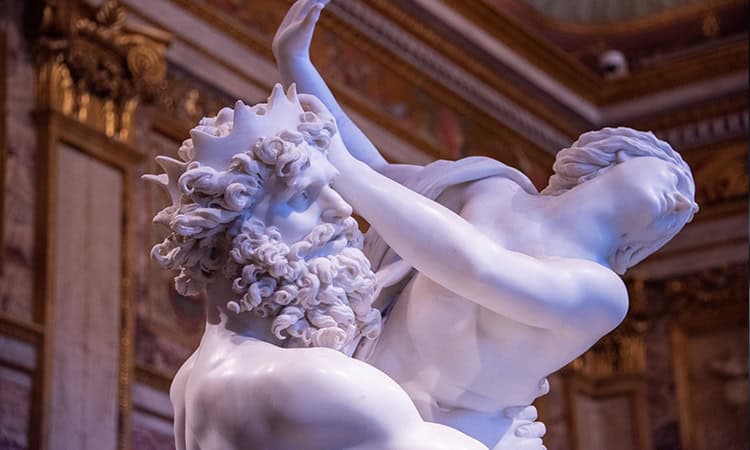
Apollo and Daphne – Gian Lorenzo Bernini, 1622-1625
The naughty Cupid shot the arrow that could ignite the flame of love at the sun god Apollo, and shot the other arrow that drove away love at Daphne, the daughter of the river god. When Apollo wooed Daphne, Daphne refused decisively, and even ran away as soon as she saw Apollo. When Apollo was about to chase Daphne, Daphne appealed to her father, the river god, for help. When Apollo touched Daphne’s body, Daphne turned into a laurel tree. Her hair turned into leaves. Her wrists turned into branches. Her legs turned into tree trunks, and her feet turned into tree roots and dug into the soil. Apollo was upset but still loved Daphne. He used the branches and leaves of the laurel tree that Daphne had turned into to make his own laurel wreath. This is also the origin of the word “laurel”. Finally, Apollo touched Daphne.

This sculpture shows the moment when Apollo just touched Daphne’s body and Daphne turned into a laurel tree. The sculptor showed this momentary change very wonderfully. Daphne’s fingertips turned into branches and leaves, and her beautiful body was about to become the fragrant cinnamon tree. It is indeed rare in the history of art to transform the body, branches and leaves on marble into something so natural, real, graceful and elegant.
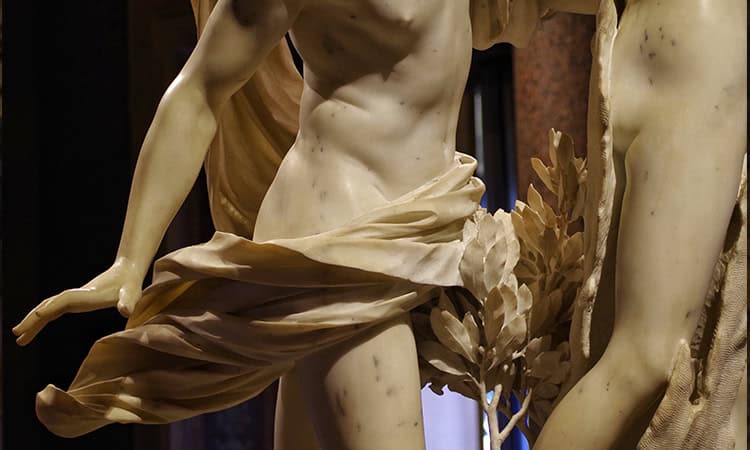
Italian sculptor Peter Rockwell: “Any sculptor who looks at Bernini’s Apollo and Daphne can only come away in amazement.
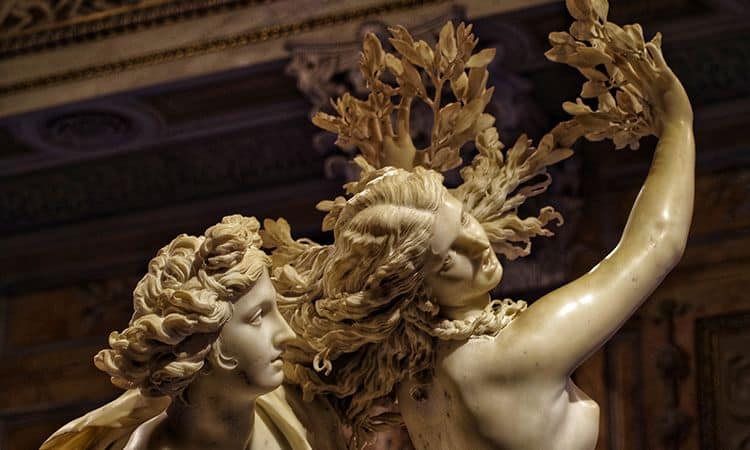
IL Disinganno – Francesco Queirolo, 1753
This is a marble sculpture that probably no one can surpass. It stands in Cappella Sansevero in Naples, Italy. It has a history of nearly 270 years. IL Disinganno shows a bearded man freeing himself from the web of sin. The piece was initially dedicated to Antonio di Sangro, Prince Raimundo’s father. He had lived a disorderly life in his youth, leaving his children with his father while he traveled around Europe in luxury. When he returned to Naples in old age and repented of his past actions, he accepted the faith and became a priest. In the composition of the marble sculpture, the sculptor used the angel to symbolize wisdom, and the earth pointed by the angel’s right hand is a symbol of the secular world. Only faith can free people from sin. These beliefs are clearly inscribed in the open Bible and in the bas-relief at the bottom.

The creation of the IL Disinganno sculpture took seven years of meticulous carving to carve the group sculpture out of a single piece of marble. The realistic rope net shows the softness of the rope. To create figures and rope nets from a whole block of marble, the artist needs to use small carving tools to carve them out bit by bit. This not only tests the carving skills, but also tests the patience.
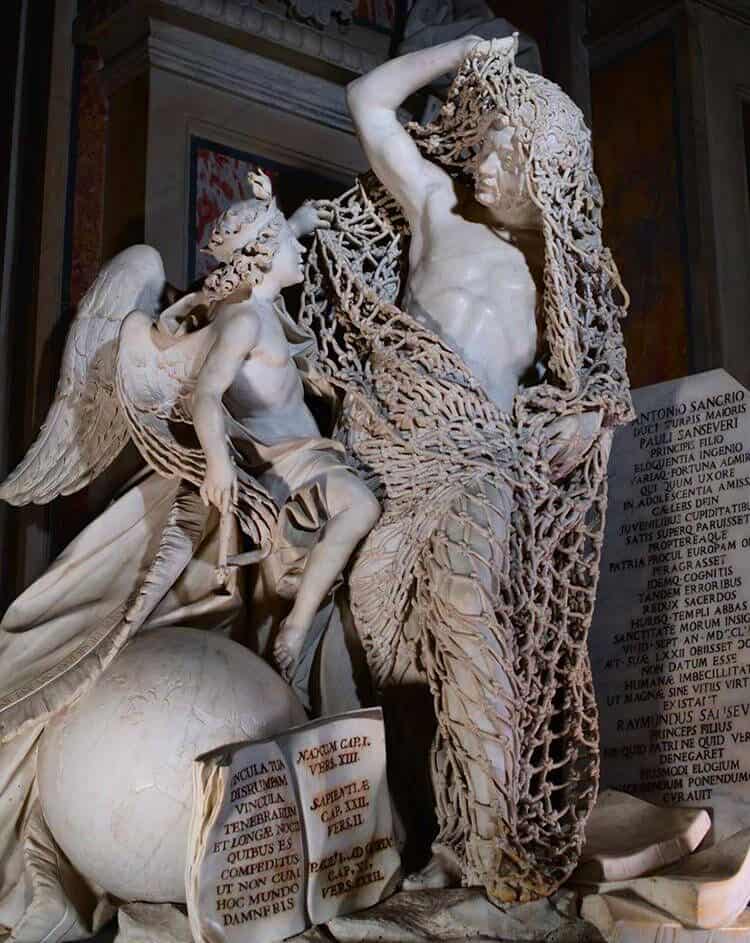
This group of sculptures uses Rococo sculpture techniques combined with meaningful stories and has a strong religious education connotation. The work has been admired and admired by people. It mainly uses a whole piece of marble, and the fine carving of the rope net is fascinating.
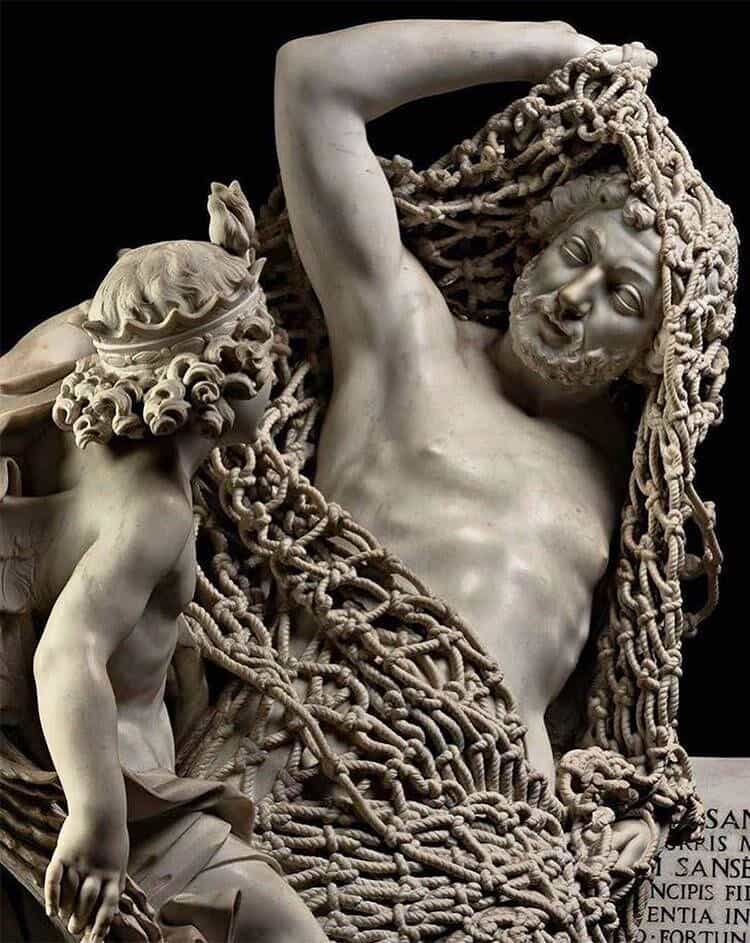
Veiled Vestal – Raffaelle Monti, 1847
Raffaelle Monti’s veil sculptures are made of soft and transparent tulle carved from hard marble, which is astonishing and breathtaking at first sight.
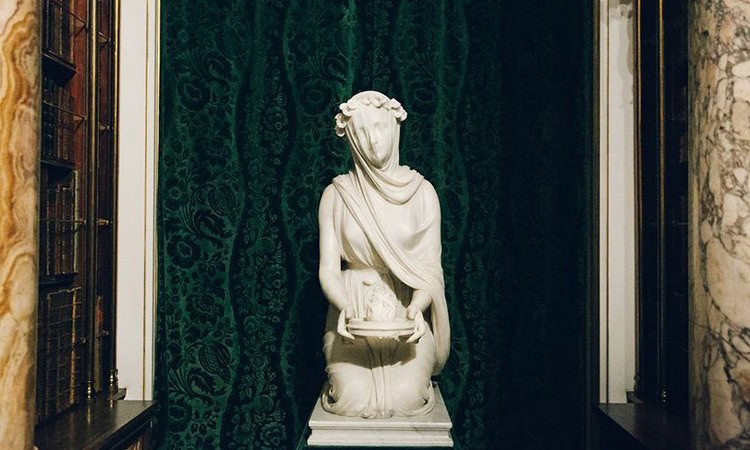
During the ancient Roman period, the Vestal Virgins were the priestesses who served the goddess of the hearth, Vest and guarded the sacred fire on the altar of the Temple of Vest. They were regarded as the guardians of Rome’s security. They were the only female priests in the Roman religious system and enjoyed high honor.
For example, when the dictator wanted to execute his political rival, Caesar, the priestesses intervened, and Caesar was pardoned. During the reign of Augustus and Octavian, priestesses played an important role in all religious rites. Corresponding to its glory and privileges, the extinguishing of the sacred fire heralded the departure of the gods who protected Rome, and the derelict priestesses would be severely whipped.
Becoming a priestess meant that they separated from their family and society and became daughters of Rome. They had to remain chaste throughout their lives.
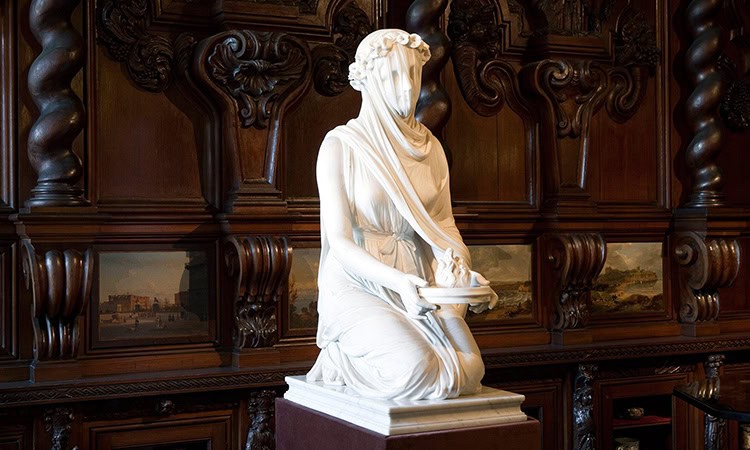
Using superb veiling techniques on sculptures can make people feel shocking beauty and deep curiosity. The difficulty lies not only in depicting the folds of the fabric, but also in the “thin” feeling.
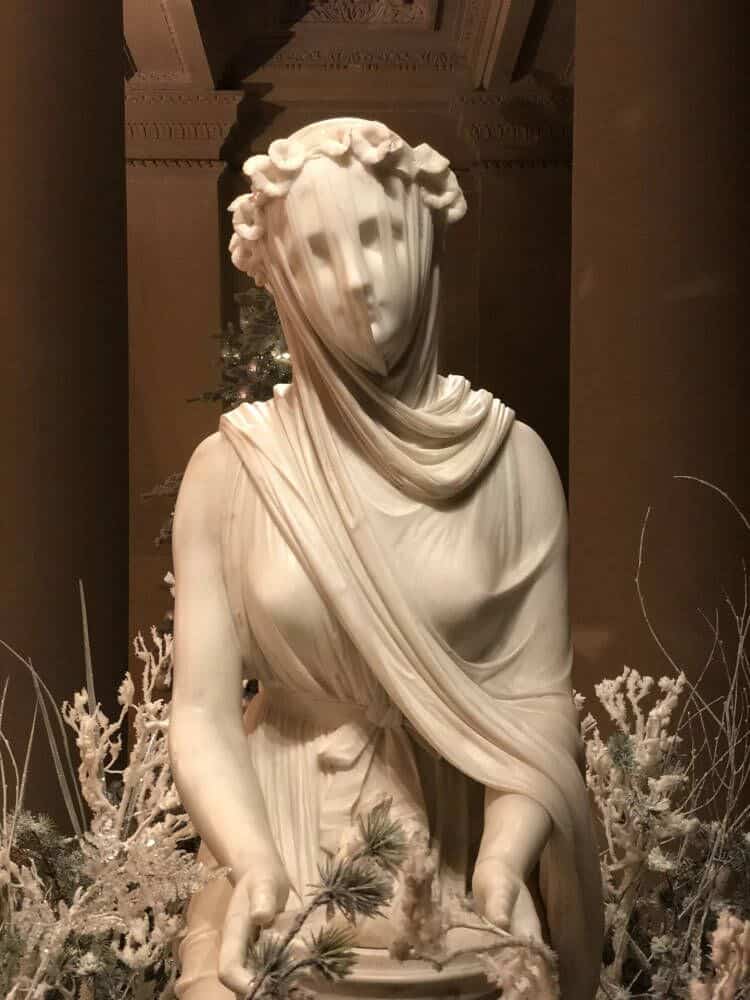
The sculpture appeared in Pride & Prejudice, starring Keira Knightley, in 2005. In the film’s second half, after the lover’s misunderstanding is resolved, a close-up of the West girl appears when Elizabeth visits Darcy’s manor. Elizabeth is also attracted to her and stares at each other.
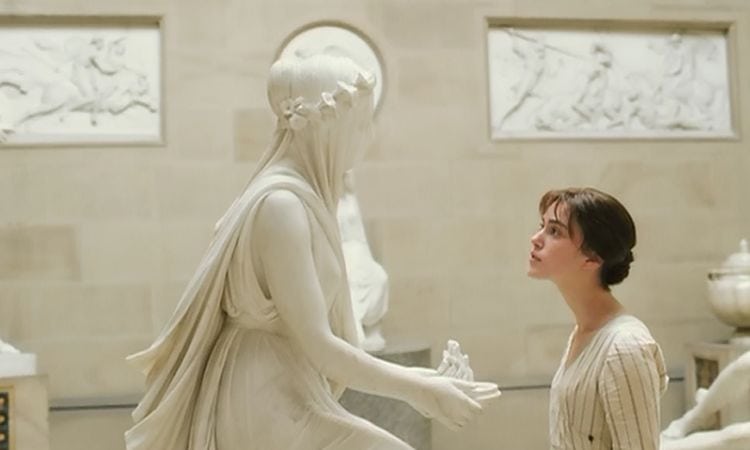
Veiled Christ – Giuseppe Sanmartino, 1753
This sculpture depicts the body of Jesus covered with a layer of gauze after he was crucified on the cross. Next to the body are the instruments of torture during his lifetime. A thin layer of gauze covers the skinny body of Jesus. Through the looming gauze, you can see his peaceful face, hunched shoulders, bent knees, and even the scars left by him during his lifetime.
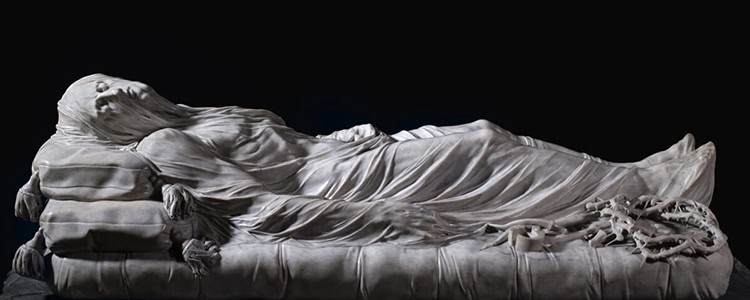
The delicate, translucent veil over the body of Christ, sculpted by Giuseppe Sanmartino in 1753, is so striking that it is difficult to believe that human hands could have shaped it from stone. When it was completed, it was generally believed that it must have been made by placing a veil over the figure and using alchemy to turn it into stone.

The marble’s layered effect is so precise that every feature of Christ, from eyelids to earlobes, is easily discernible through the veil, which seems to cover his body weightlessly.
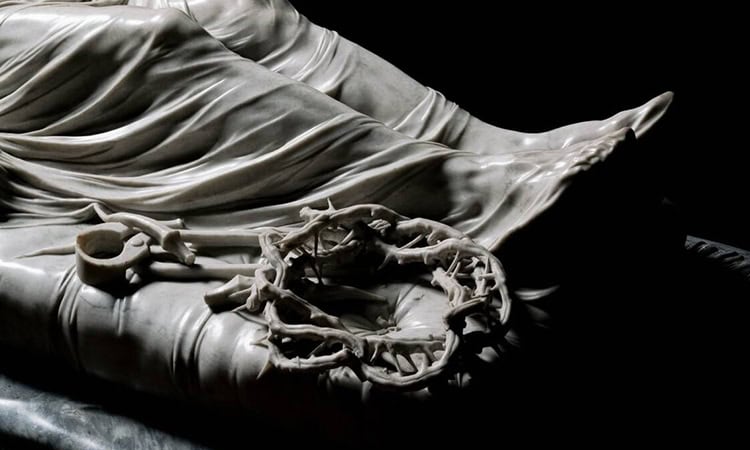
Ecstasy of Saint Teresa – Giovanni Lorenzo Bernini, 1647-1652
A marble statue is regarded as the most commendable classic work of Bernini’s sculptures. This is the Ecstasy of Saint Teresa that is still controversial in all walks of life. In Bernini’s hands, marble seems to have become spiritual. The fluttering skirts and folds of drapery and figures are intertwined with each other, full of rhythm, drama and dynamic effects, with a typical Baroque art style. The detailed, vivid and passionate portrayal effect amazes the viewers and arouses strong resonance in their hearts.
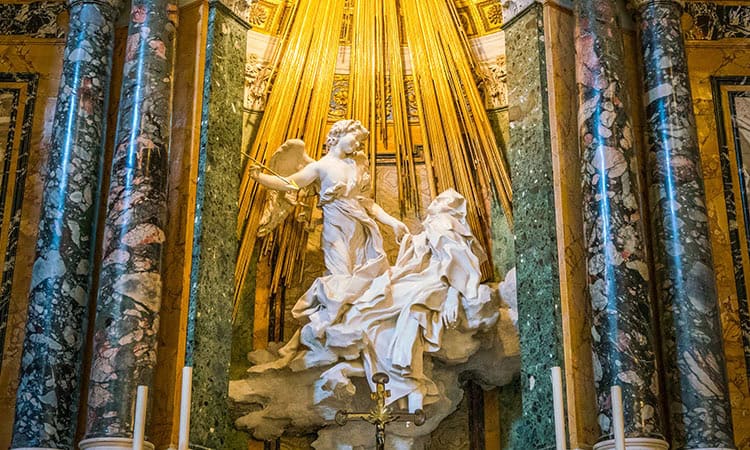
Bernini did not set the image of Saint Teresa as a mature middle-aged woman and also ignored the social identity of the saint. Instead, he directly shaped Saint Teresa into a girl with breathtaking beauty. Bernini’s depiction of St. Teresa lies limply above the clouds, with her robe billowing. Next to her stands an angel, holding an arrow lightly with one hand and lifting the robe from the nun’s chest with the other. The nun’s slightly open mouth, tightly pursed upper lip, drooped eyelids, and naturally tilted face to one side all convey a deep sense of mental confusion. This kind of confusion has a strong appeal, making the angel’s smile and gaze no longer holy, but showing complex and rich meanings. An indescribable bond develops between the angel and the nun.
In addition, the sculpture has several intriguing details: first, the spear held by the angel was replaced by an arrow; second, if you look from the opposite direction, you will find that the angel’s arrow is not pointed at St. Teresa’s chest. , but much lower.
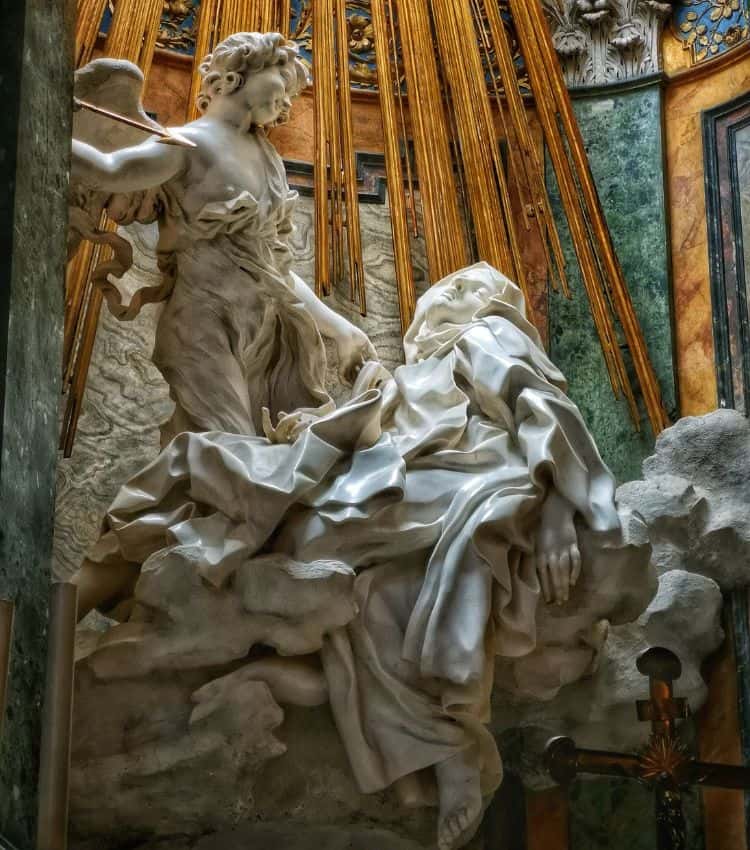
The idea for Bernini’s “Ecstasy of Saint Teresa” came from Teresa’s account of her dreams and God’s apparitions. Bernini’s sculpture of Saint Teresa floats in the air. On the left side of her body is an angel holding an arrow fletching, preparing to stab her with a sharp arrow. Teresa’s lips were half-opened, with an expression of pain and joy on her face, completely immersed in the great love of God.
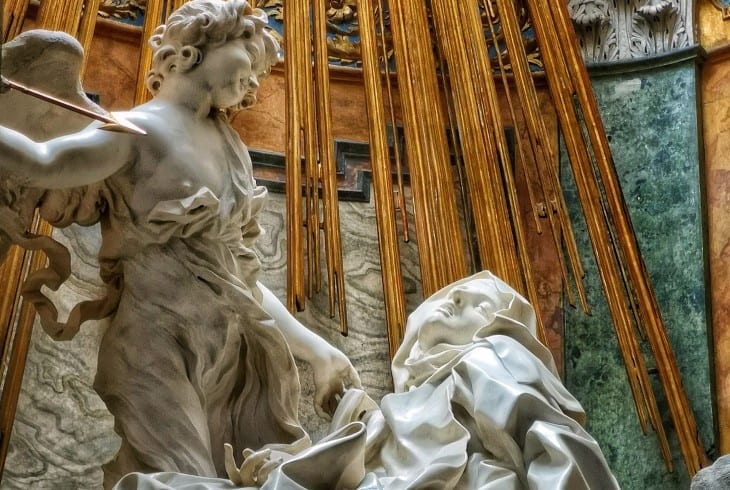
Looking at Teresa’s dress, it seems that it has been burned into tangled, undulating wrinkles by her hot faith. “Bernini’s treatment of clothing was also completely novel at the time. He did not let the clothing hang down to form solemn pleats in the accepted classical technique, but instead let them intertwine and swirl around each other, adding to the effect of passion and movement.
Maria Duglioli Barberini – Giuliano Finelli, 1599-1621
This exquisite sculpture shows the sculptor’s excellent carving skills. The graceful face and the noble and fashionable hair curls make people think that this is a woman from a noble family.
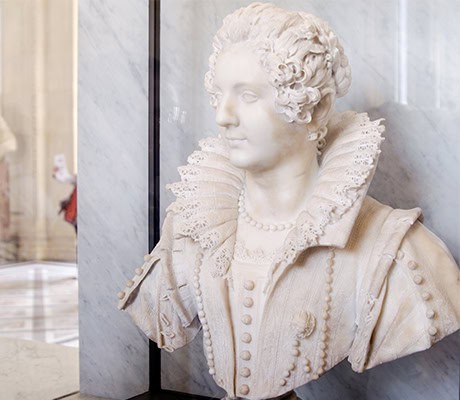
Ugolino and His Sons – Jean-Baptiste Carpeaux, 1865-1867
The protagonist, Count Ugolino, failed in the political struggle and was convicted of treason. Together with his two sons and two grandsons, they were imprisoned in a high tower and starved to death.

Later, Dante described the story of Ugolino in the Inferno of the Divine Comedy, adding the plot of the count eating the flesh and blood of his own descendants due to hunger, giving this Italian aristocrat a devilish reputation: ” …You gave us this poor body of flesh, please take it away.”
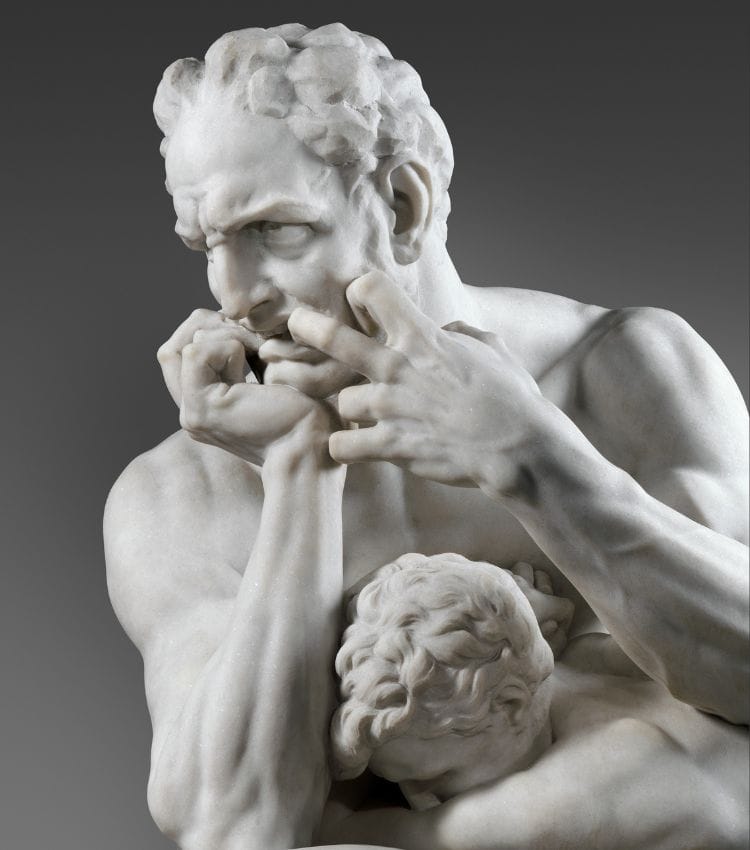
The most touching detail in the sculpture is that Ugolino’s eldest son raised his head and begged his father, who was in a daze and biting his left hand. Regret and despair gnawed at Ugolino’s heart so much that he could not escape. The muscles on his face showed expressions of tension, grief, anger and pain. Through the dark eyes, the sunken cheek muscles, the movements of tearing the mouth and biting the hands, the tense and curled posture of the whole body, and the design of the feet overlapping and the toes digging in, the image and psychology of the characters are expressed in a very profound way. The four children surround the protagonist at a low pitch, which enriches the round sculptures’ all-round expressiveness and enhances the work’s tragic atmosphere.
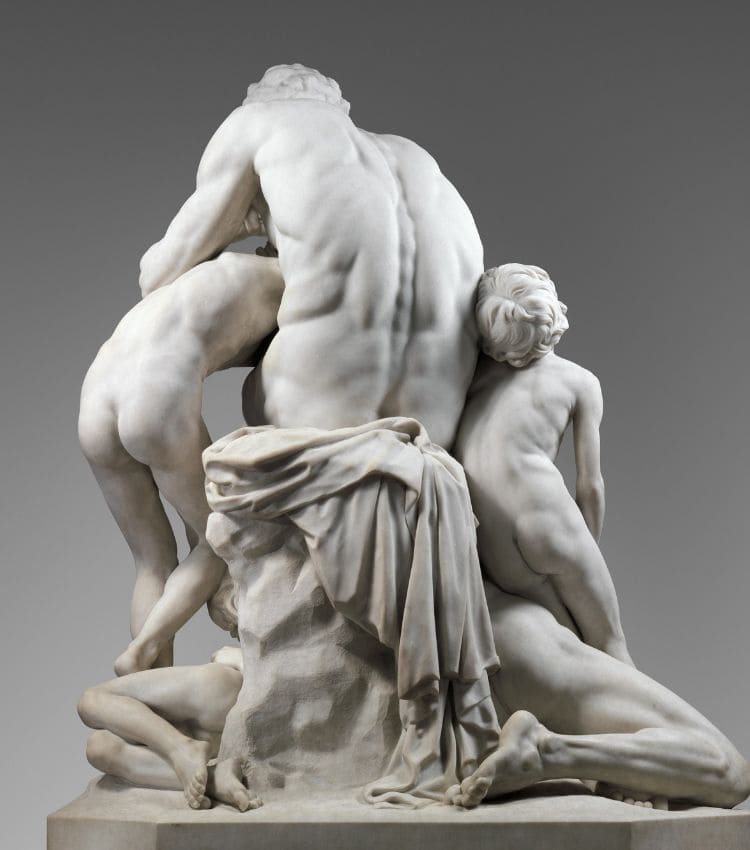
A marble sculpture not only shapes the beautiful world, but also constructs the concept of beauty. It not only leaves an eternal shadow, but also brings exciting new silhouettes. These sculptures are witnesses of the development of the times and the product of the cultural prosperity of the times. Different eras have created different artists, and different artists use sculptures to tell the world in their eyes.


Pingback: buy cheap androxal generic pharmacy in canada
Pingback: how to buy enclomiphene cheap discount
Pingback: how to buy rifaximin how to purchase viagra
Pingback: how to order xifaxan generic name
Pingback: cheap staxyn overnight no rx
Pingback: online order avodart canada how to buy
Pingback: how to order dutasteride generic buy online
Pingback: buying flexeril cyclobenzaprine canadian online pharmacy
Pingback: buying gabapentin generic effectiveness
Pingback: buy fildena cod next day fed ex
Pingback: discount itraconazole cheap wholesale
Pingback: příští den kamagra
Pingback: prestations supérieures à kamagra